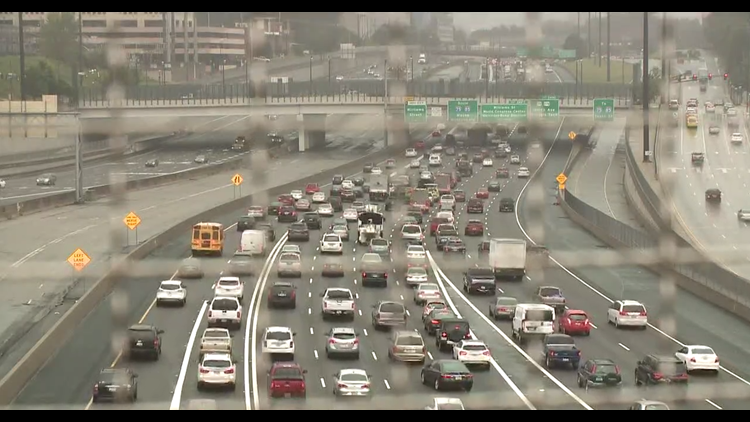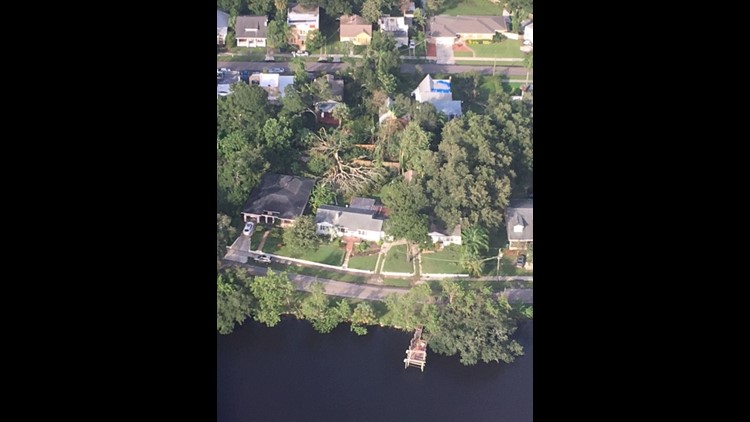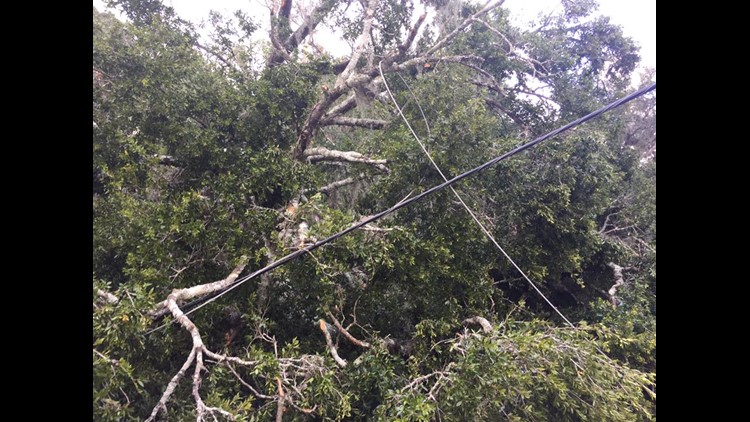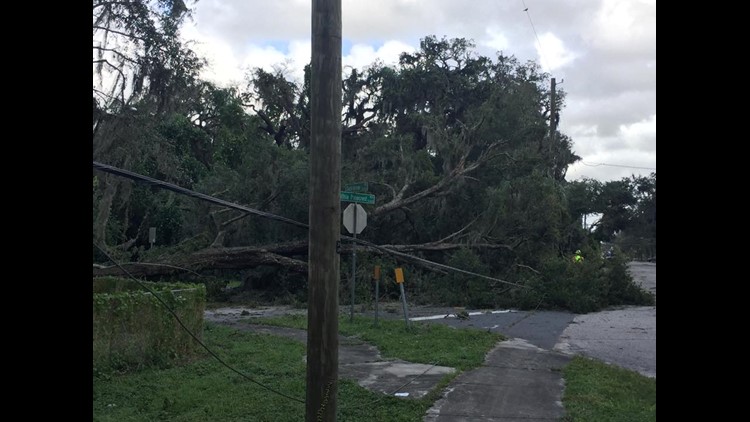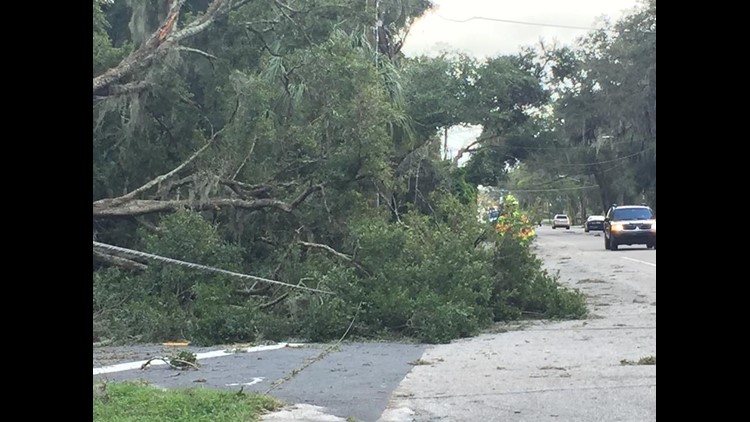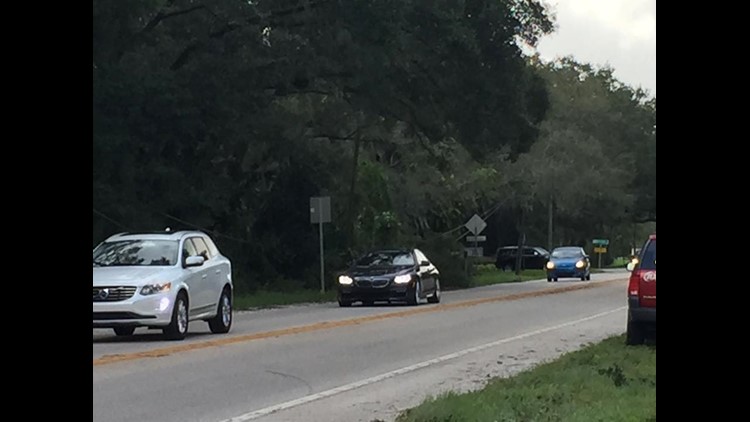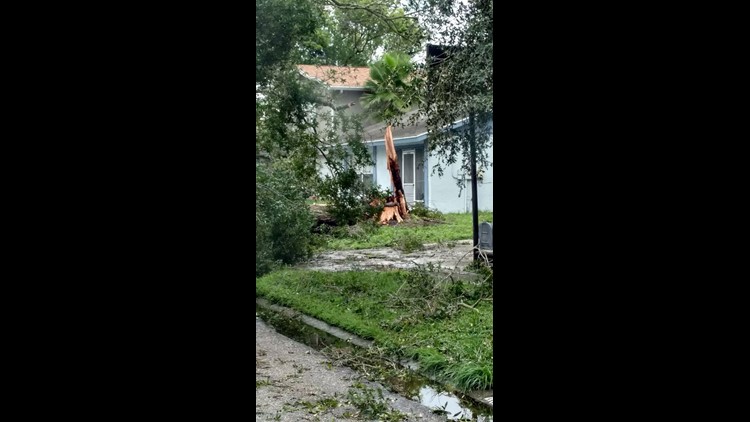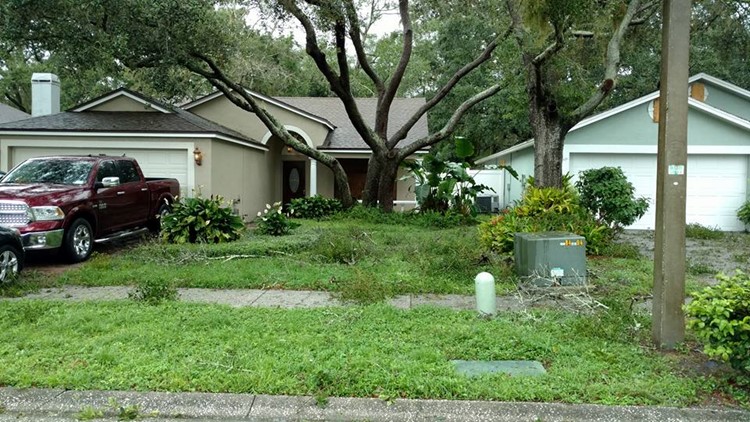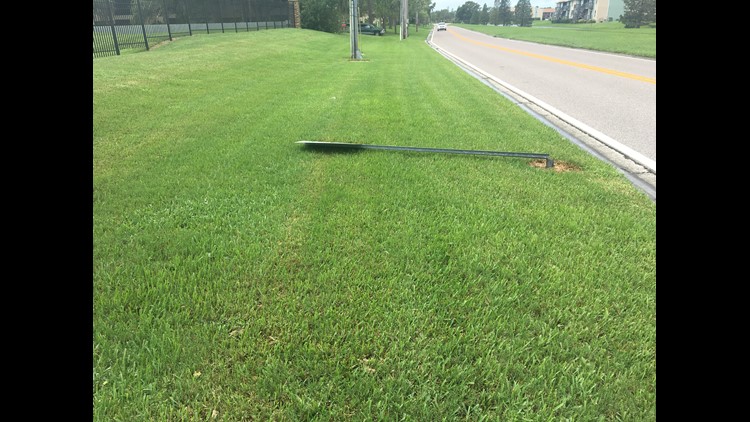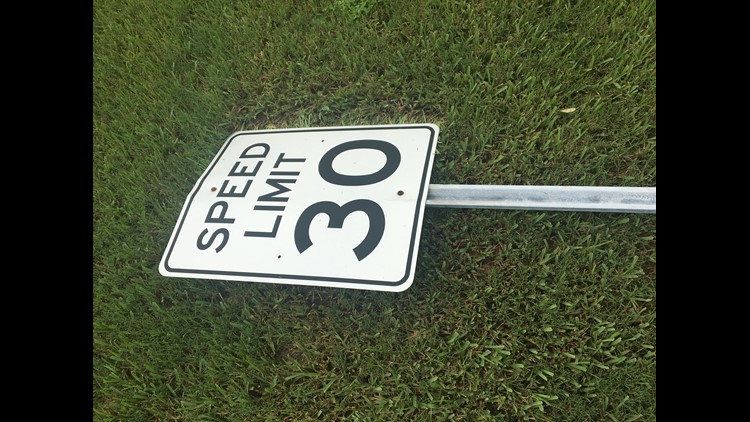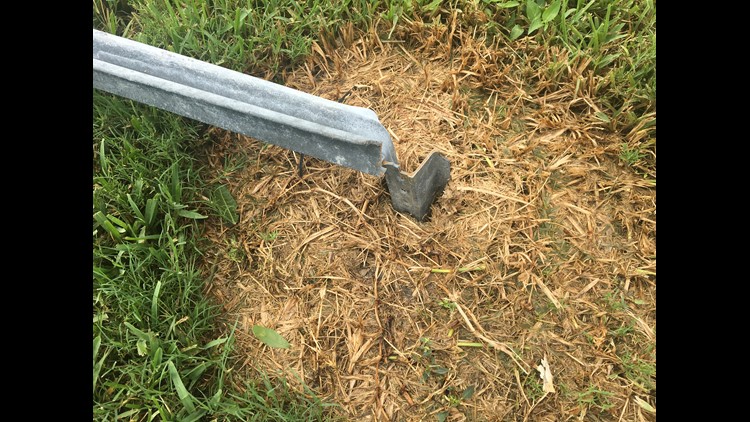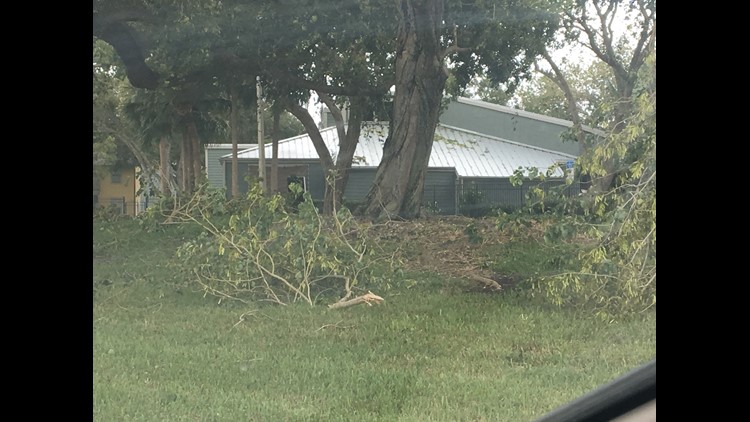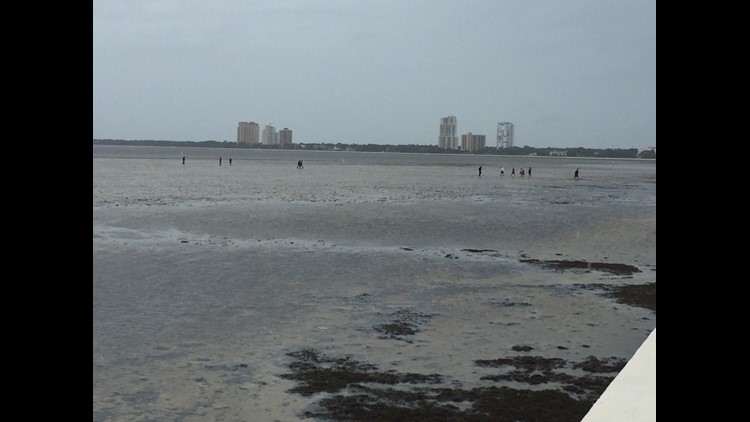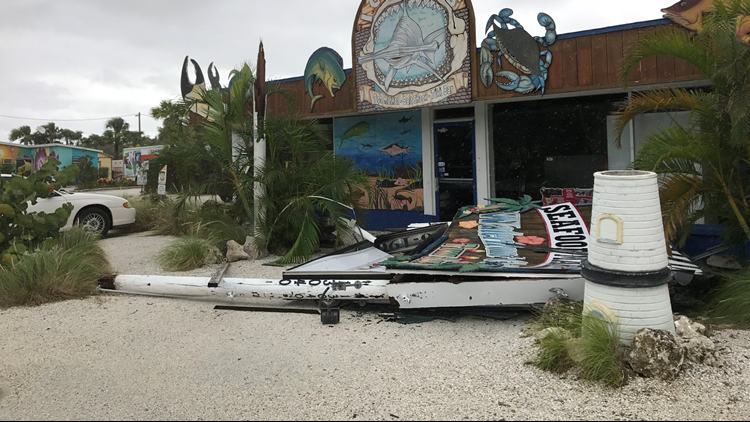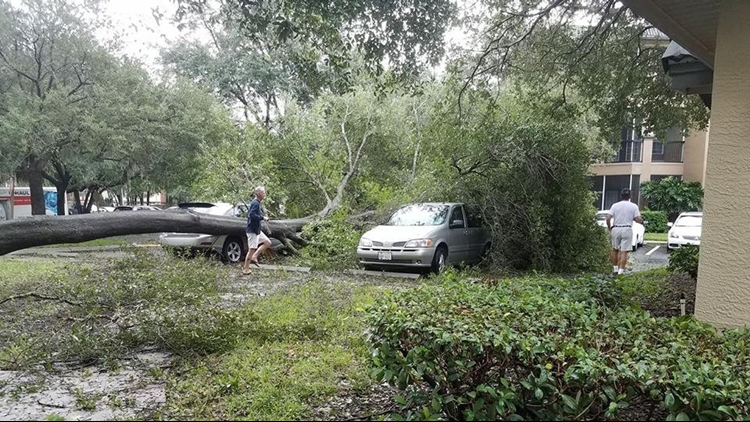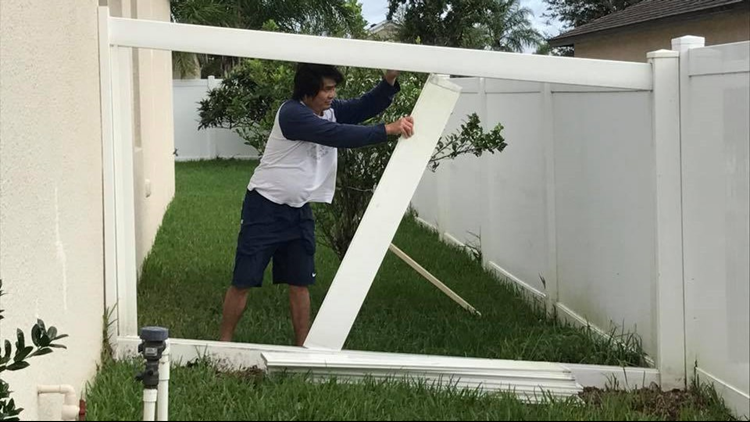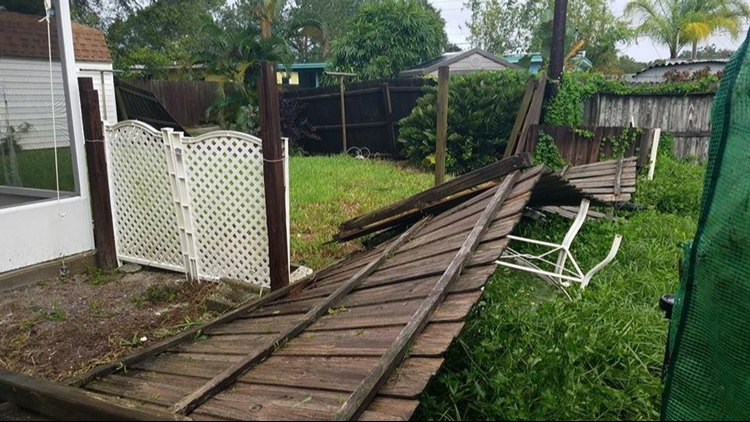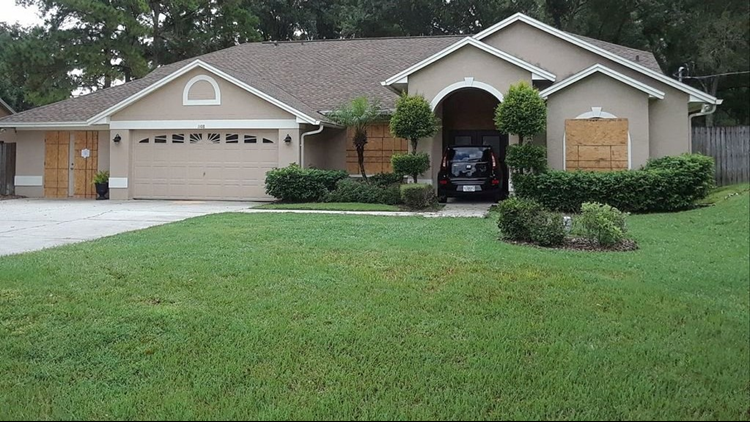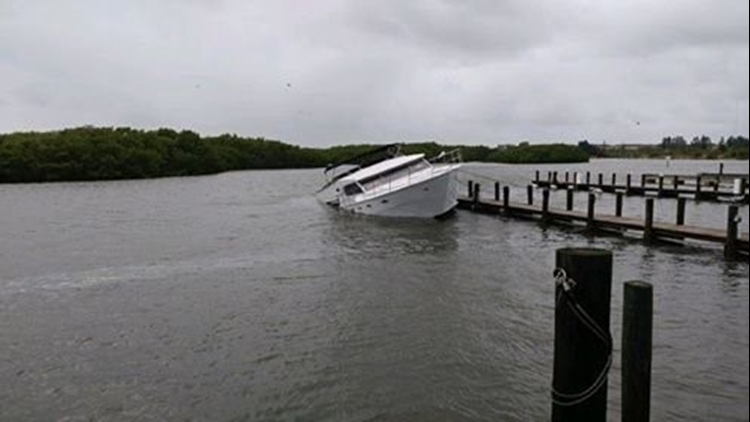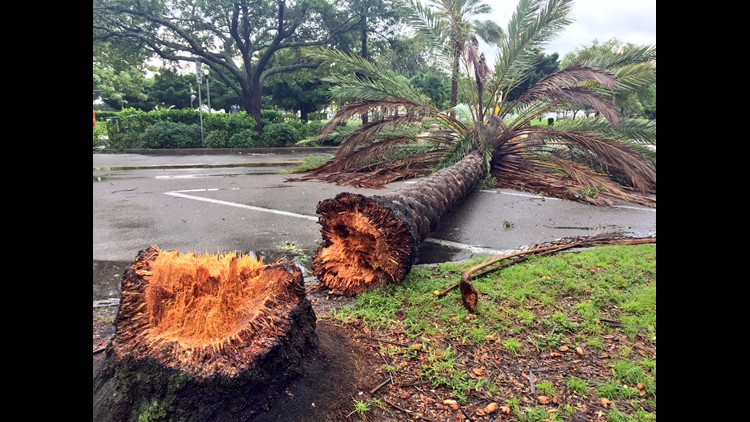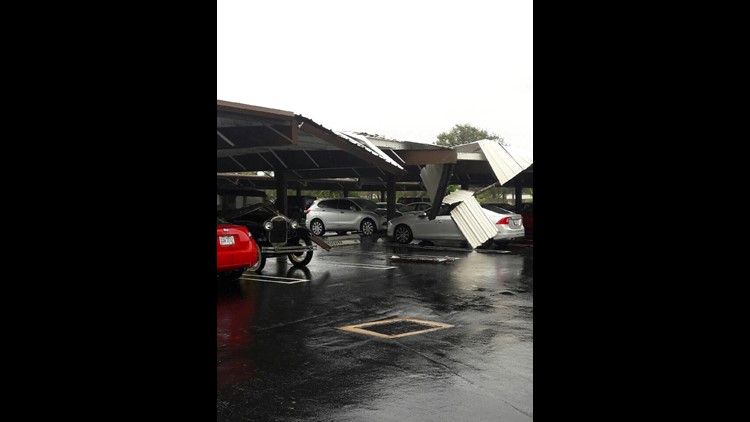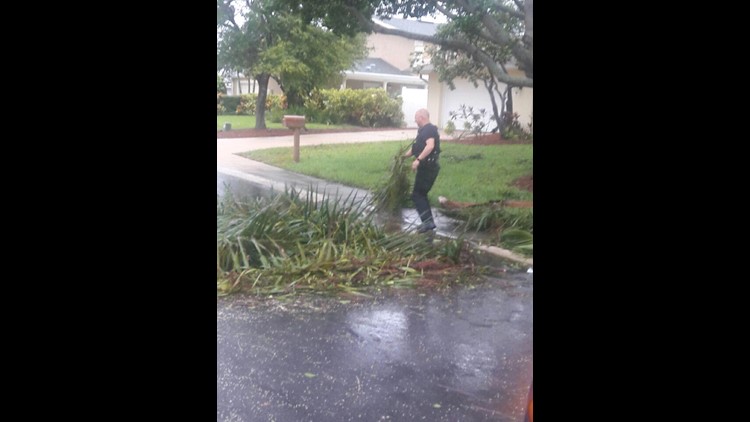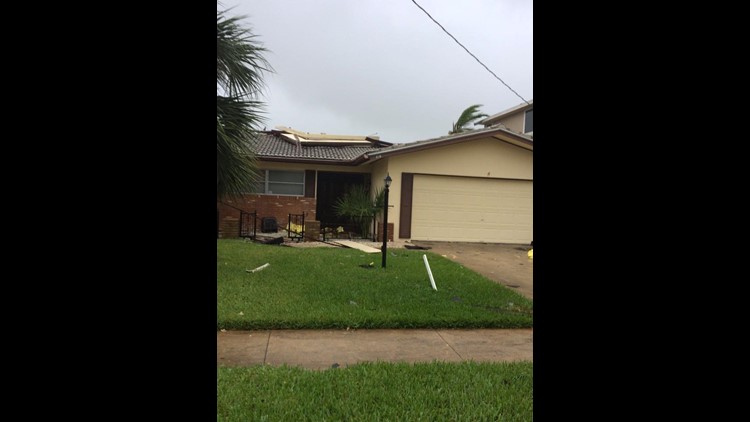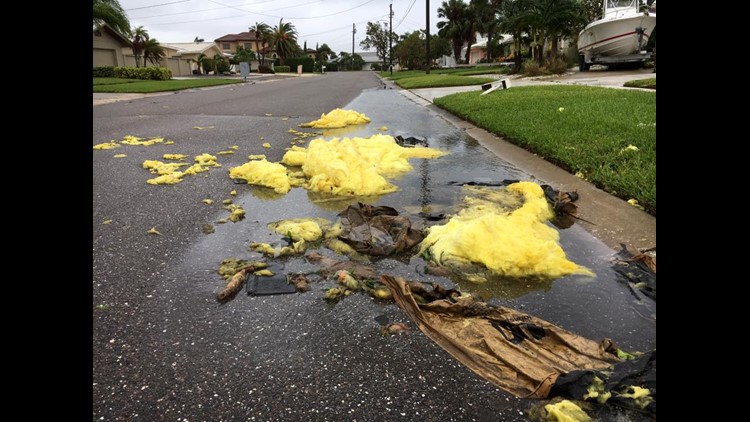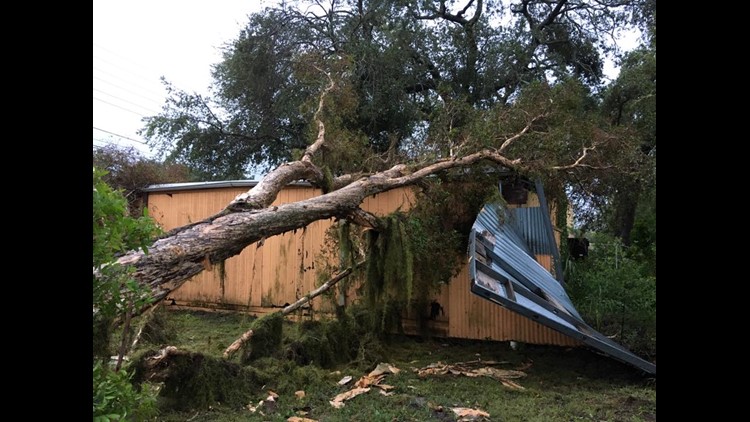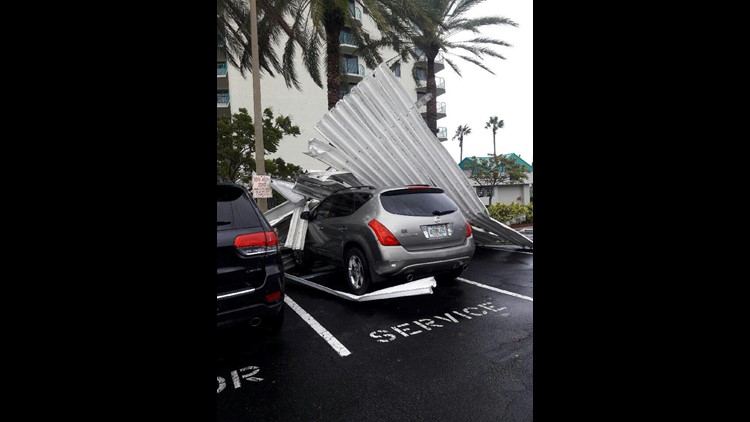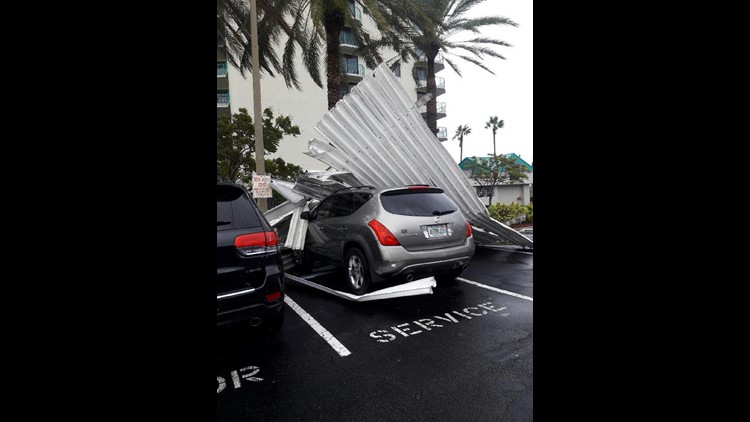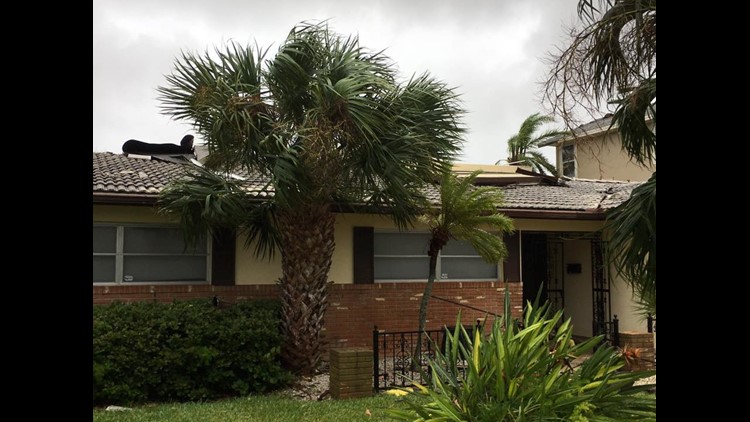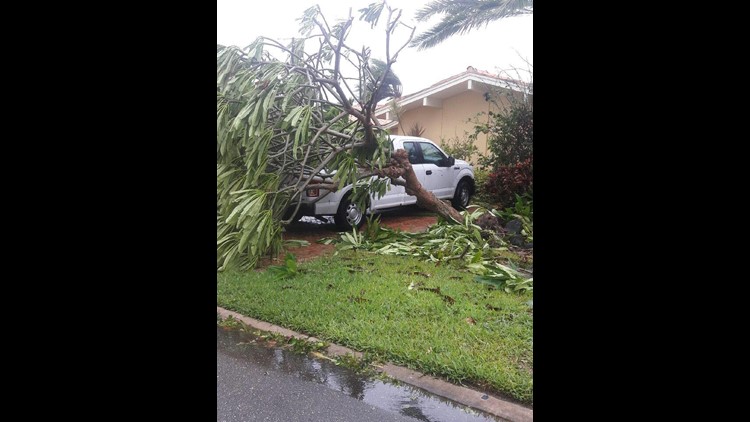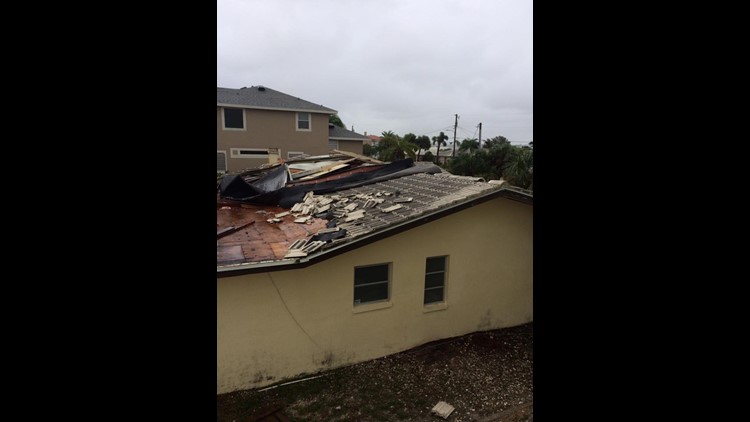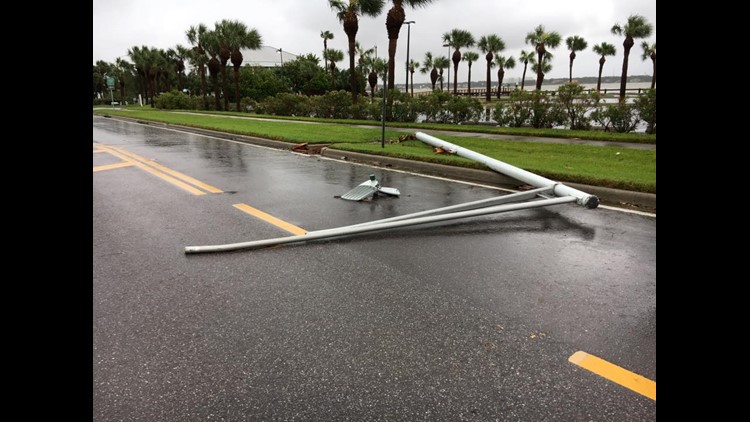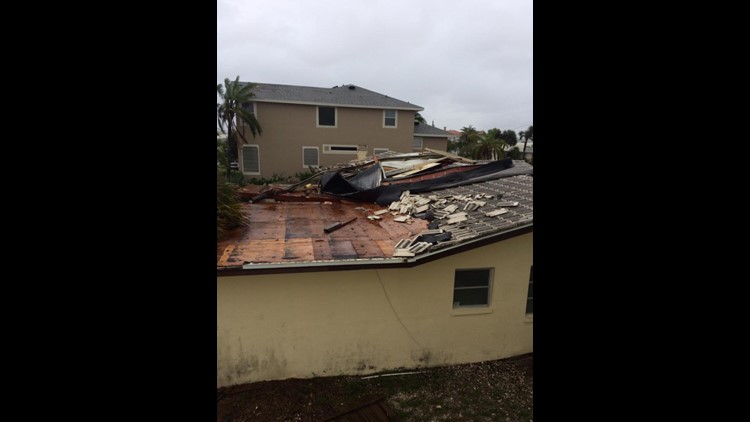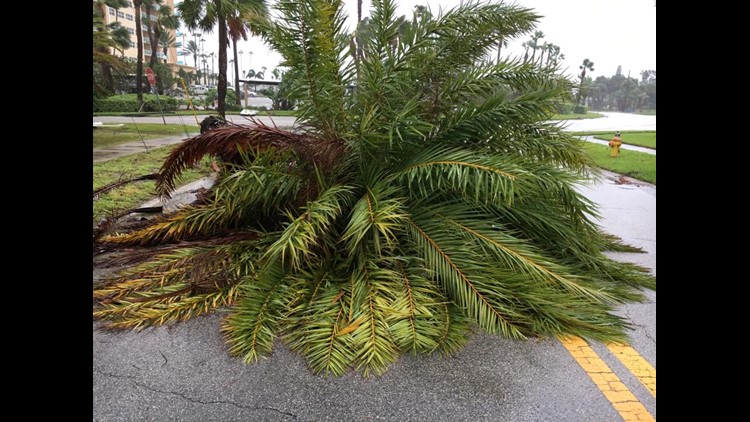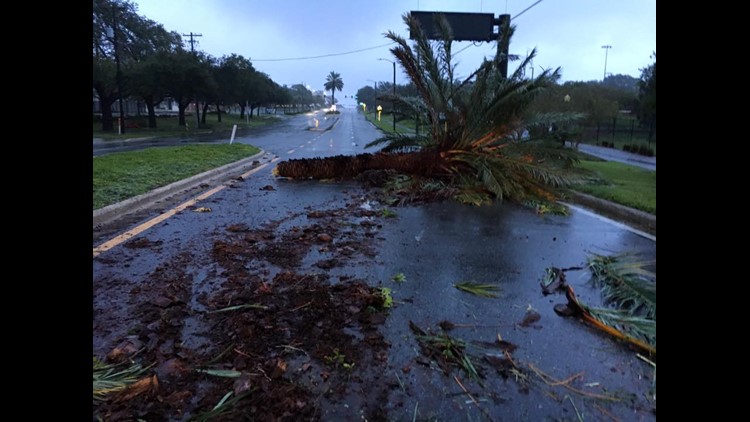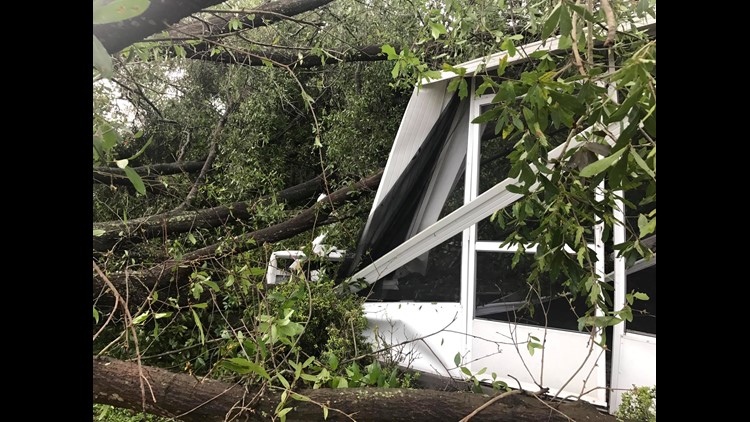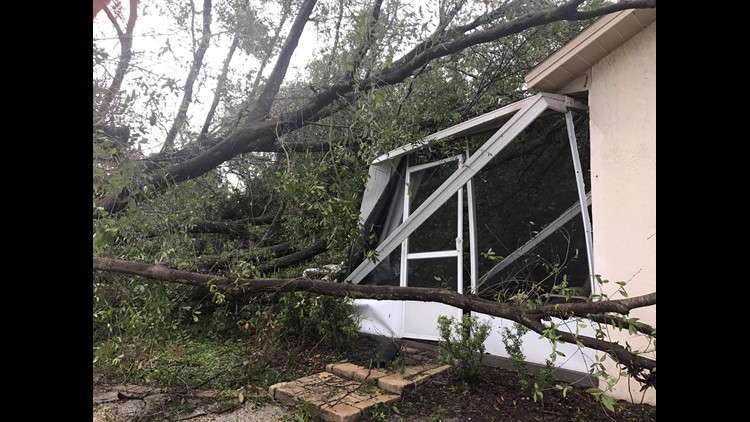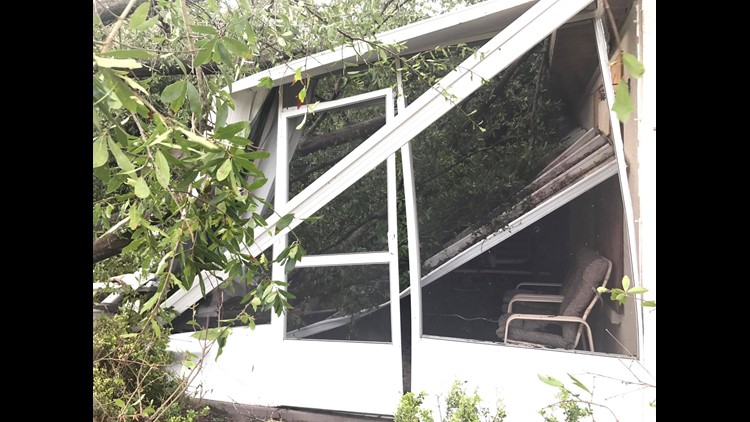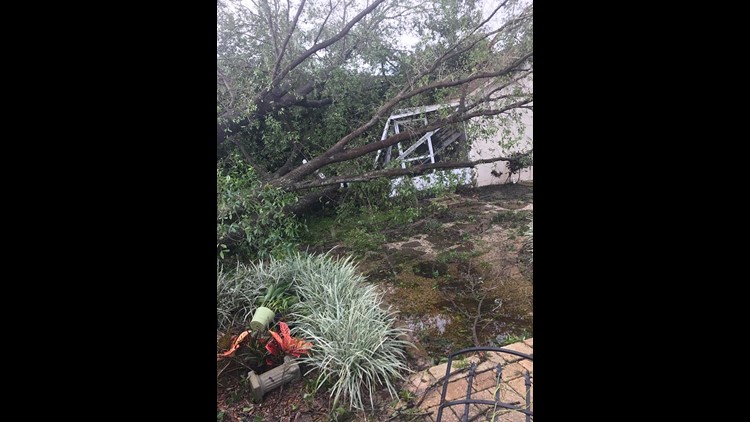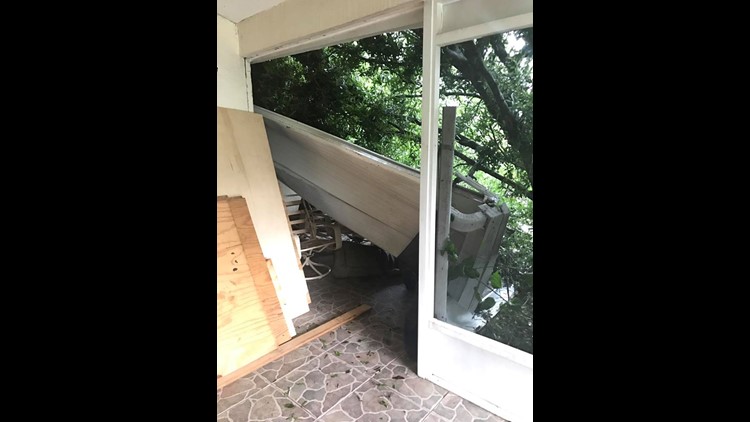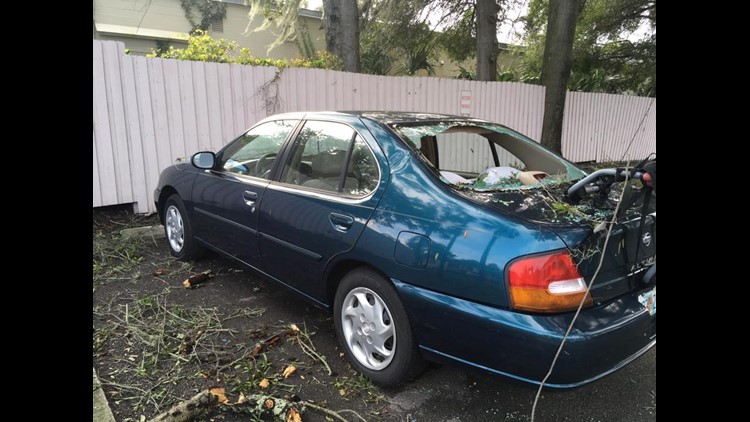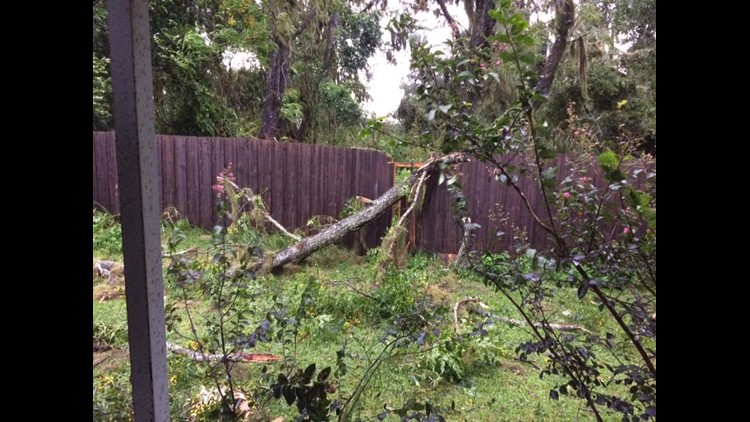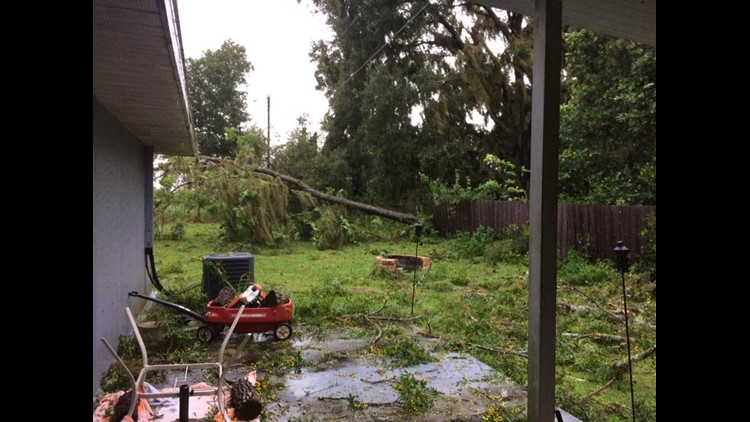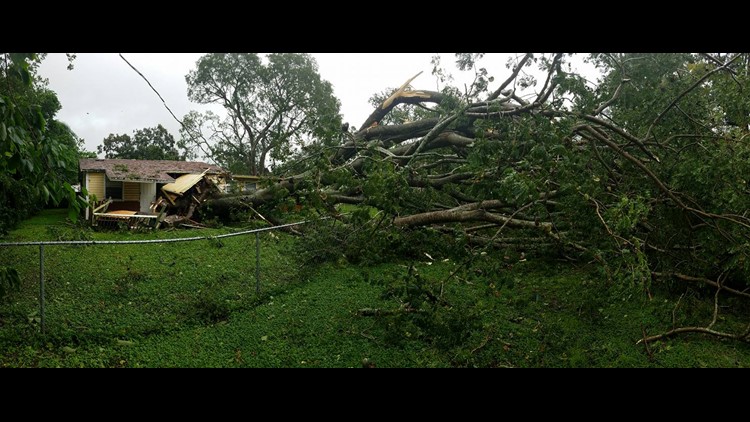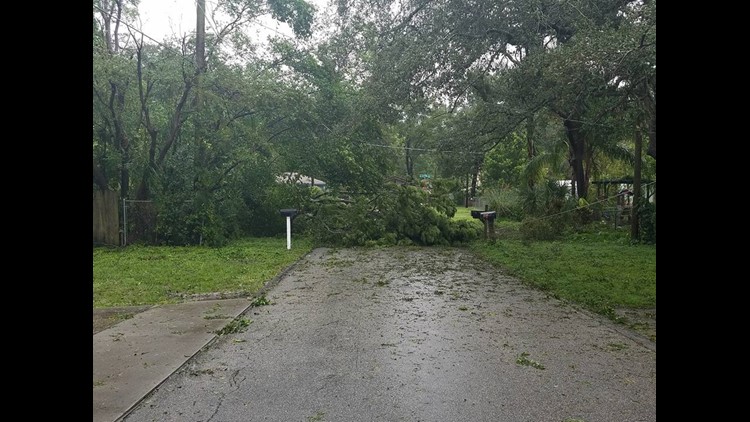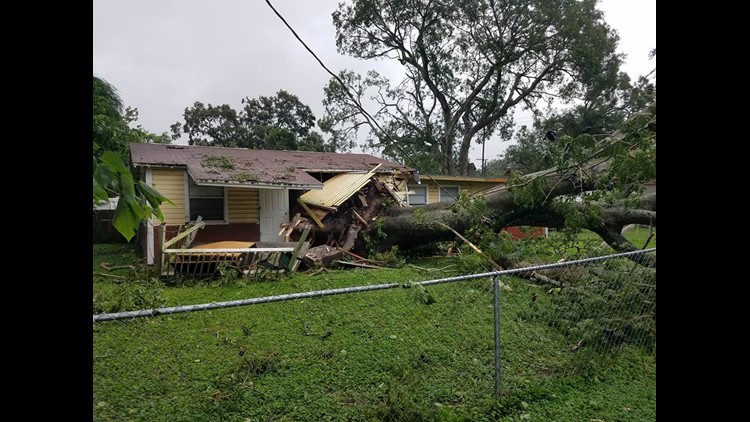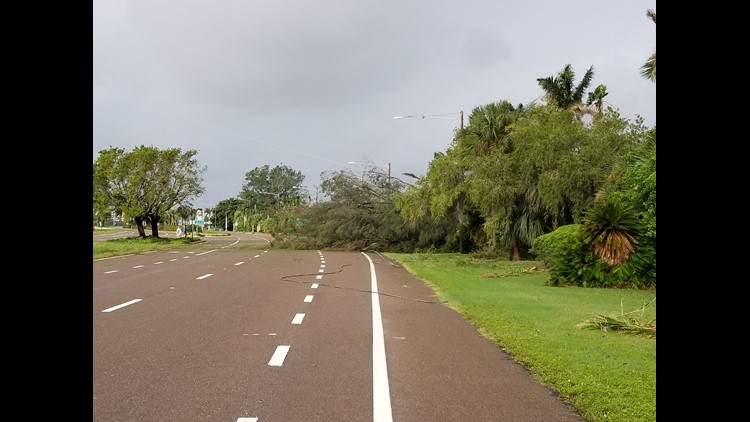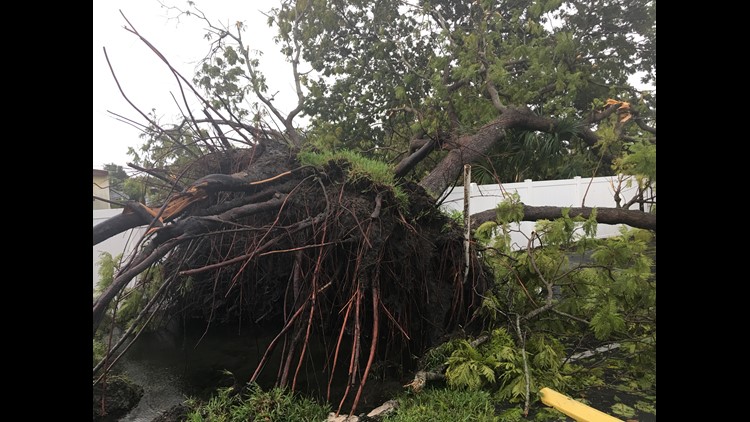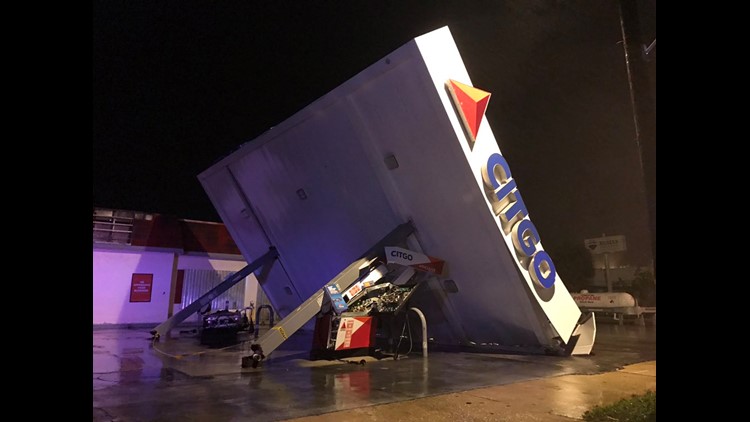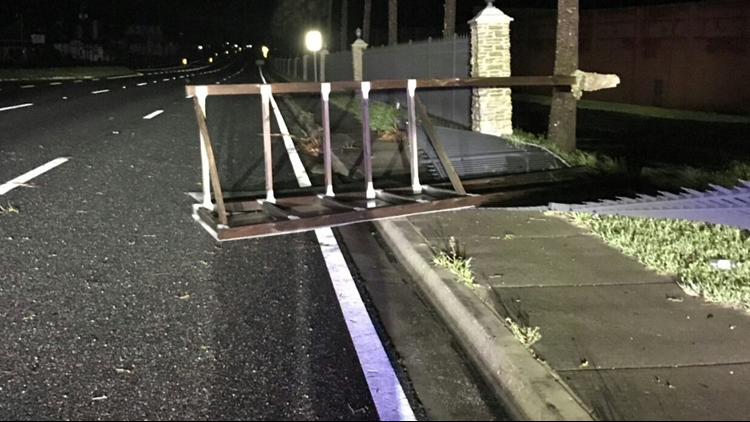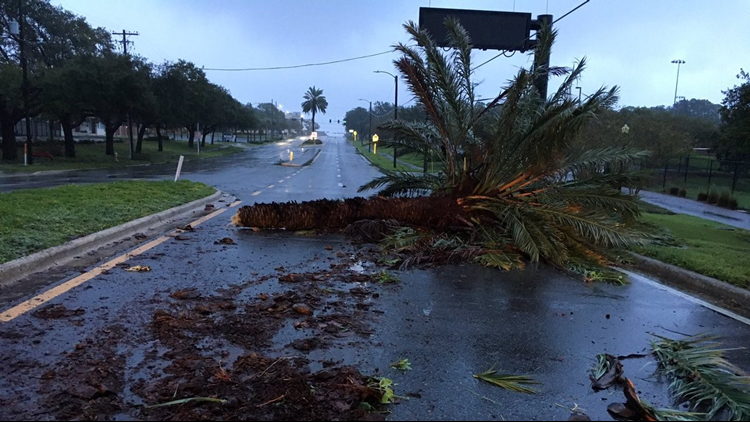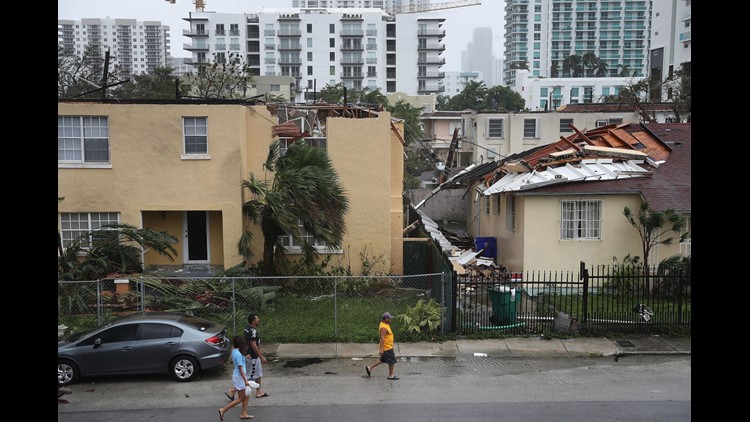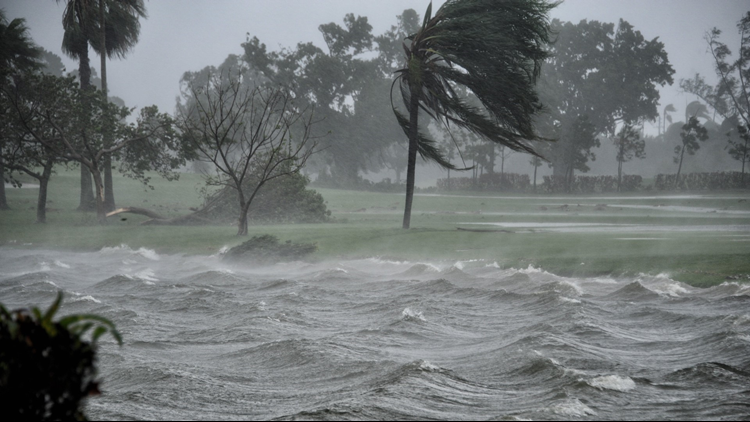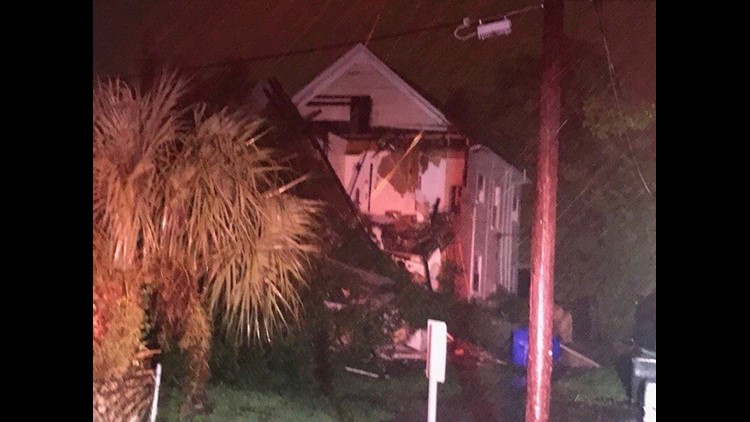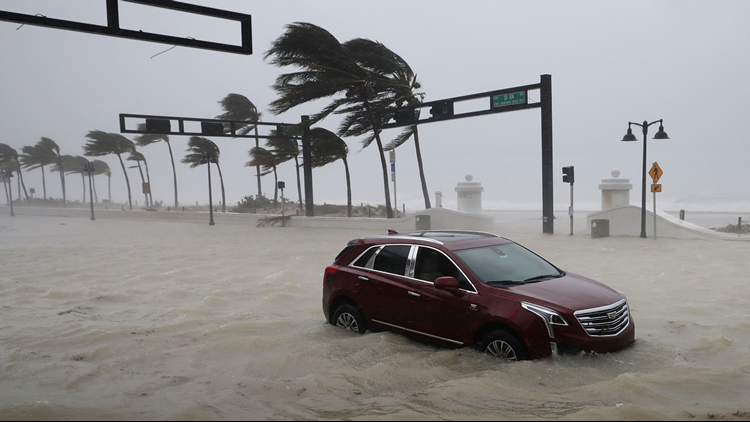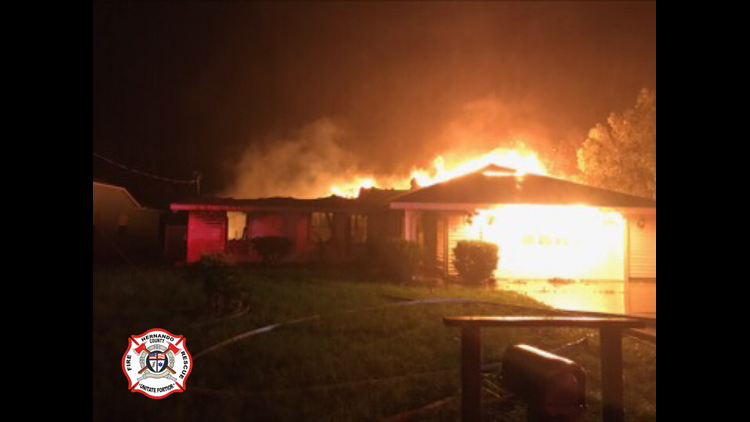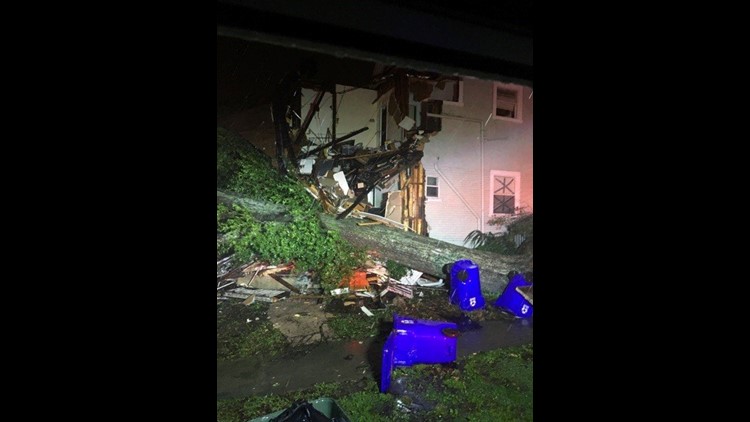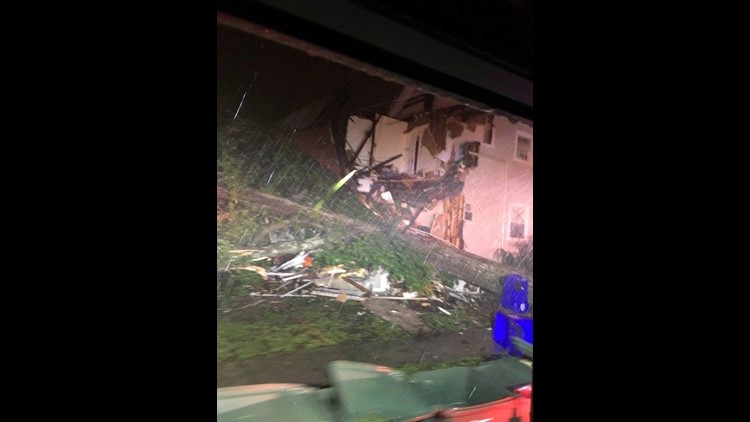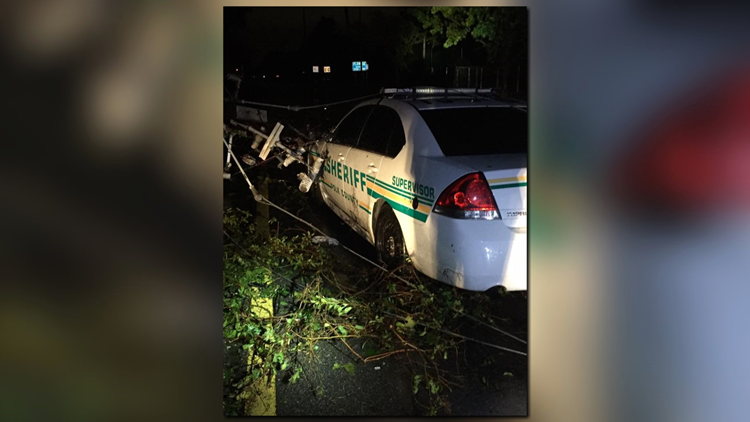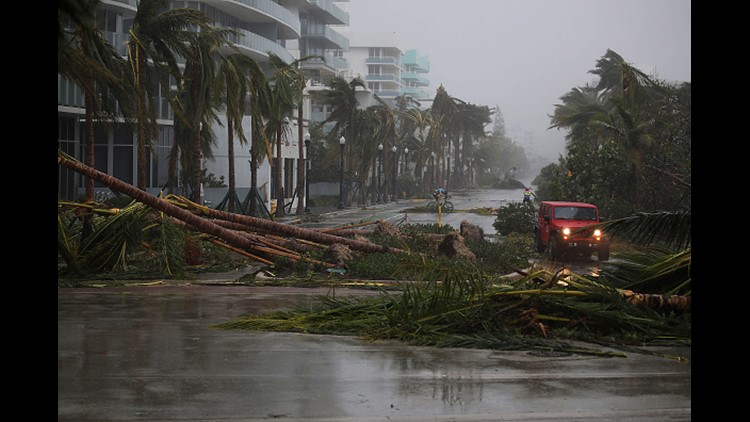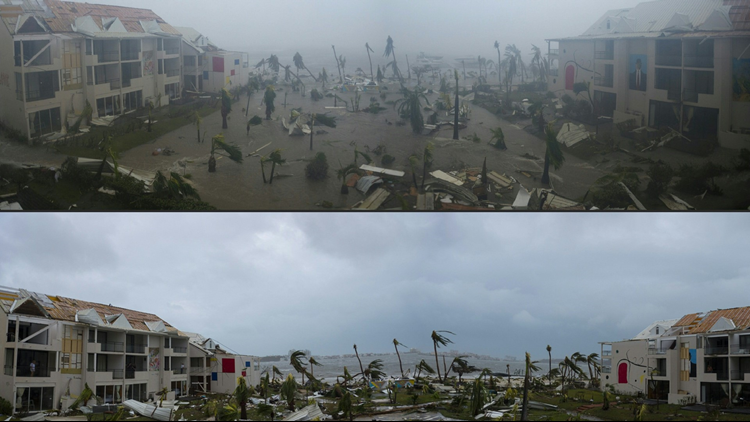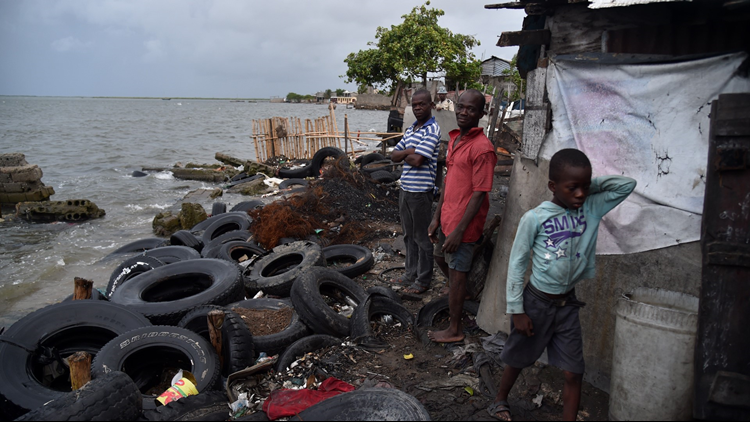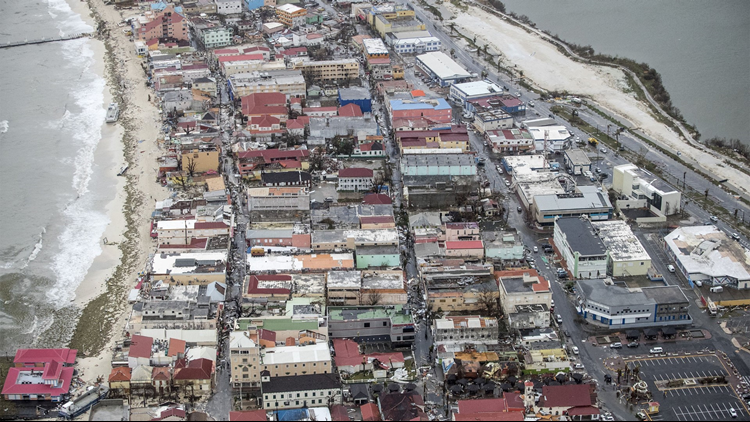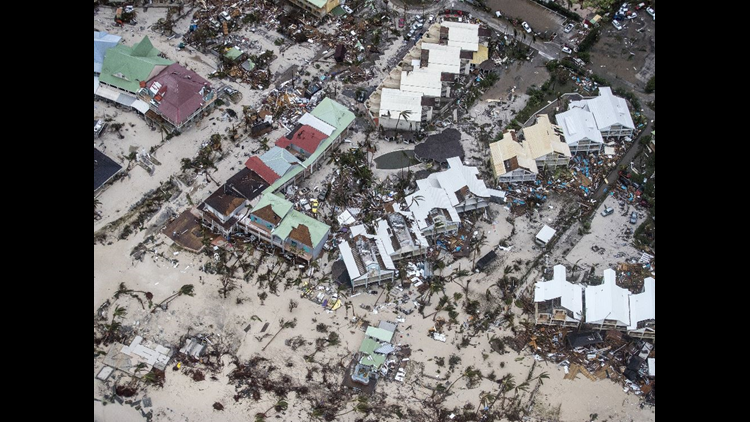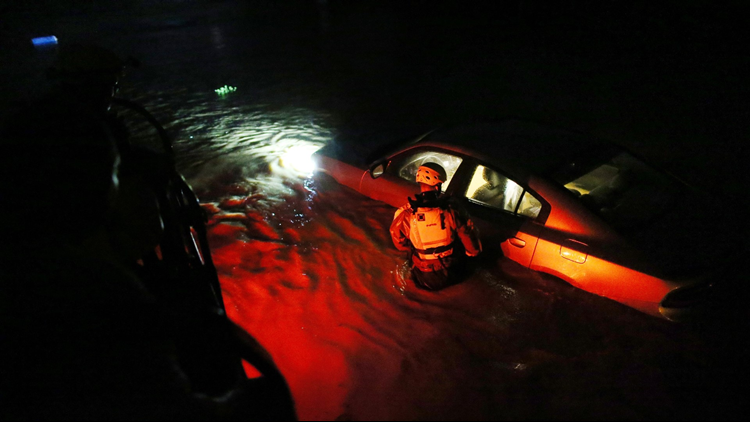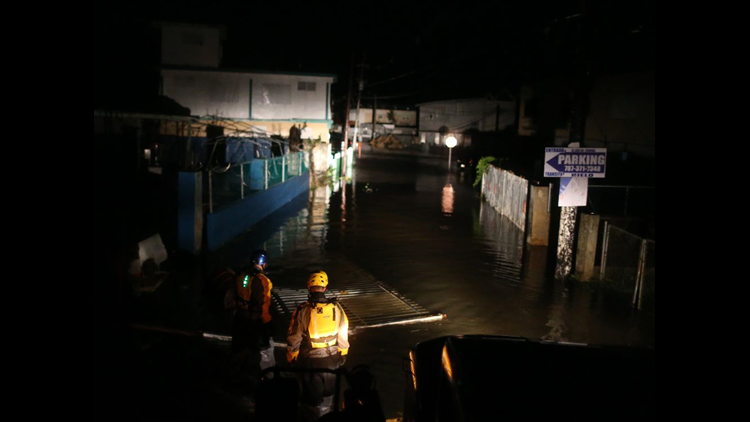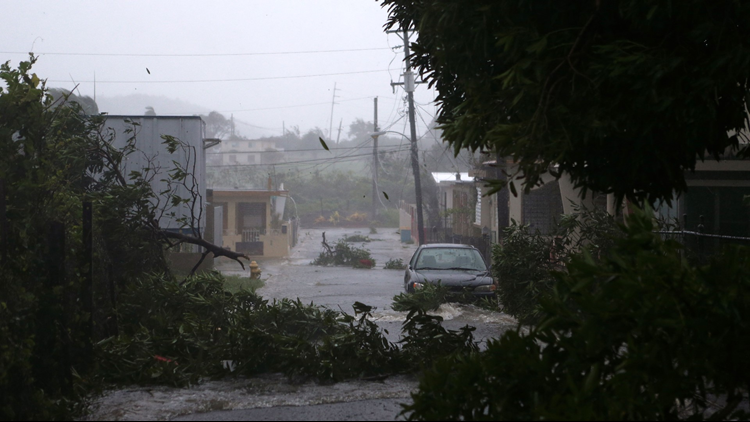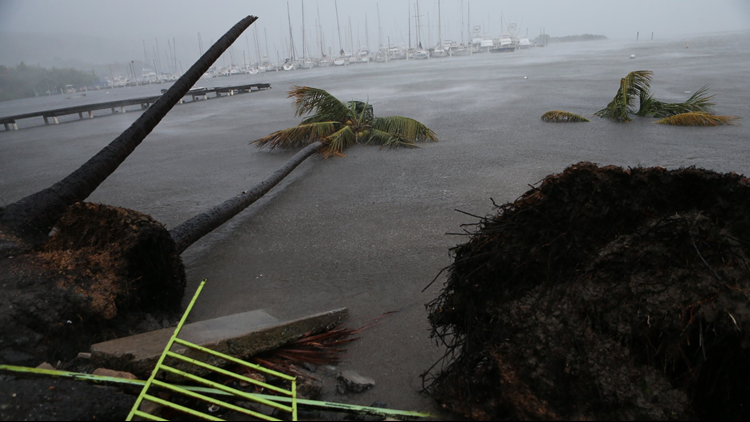Now that Irma is long gone from Georgia and Florida, many evacuees are ready to get back home. But before you do, here are some things to consider before making the decision to drive back home.
Are you even able to go home?
Power outages are still a major problem across Georgia and Florida. Irma caused the largest number of power outages in Florida Power and Light history. FPL says power should be restored to much of Florida’s East Coast by the end of the weekend. But in the hardest hit areas in the Gulf Coast, the company says power restoration could take another 10 days.
There are also continued problems reestablishing water lines to homes in South Florida and the barrier islands. The issues range from low water pressure to completely dry taps to plumbing failures. For example, Florida Today is reporting the entire Cocoa Utility System remains under a precautionary boil water notice.
An influx of residents trying to return to already damaged and resource-strapped cities may prolong the restoration of services. Today, Governor Deal urged all Floridians looking to go back home in the coming days to check your county and city websites and social media pages for the all clear to return home.
If you’re going to brave the journey home sooner than later, here helpful hints from AAA.
Prepare your vehicle.
Take a look at your vehicle and perform a safety check to make sure it is in good operating condition. This includes checking your tires, lights, belts, hoses, fluids and windshield wipers.
- Test tire pressure: Recommended tire pressures are for cold tires. You can find the recommended inflation pressures for your car’s tires in the vehicle’s owner’s manual or on the tire information decal attached to the driver’s door jamb.
- Check tread depth: Your tires are the only part of the car that has direct contact with the road, so it is important they are in good shape. To test tread depth, insert a quarter into a tread groove with the top of Washington’s head facing down. If the top of his head is not visible, your tires have at least 4/32” of tread and are fine for continued use. If you can see above the top of Washington’s head, it is time to start shopping for new tires. Take measurements in three locations across the tire’s tread: (1)outer edge, (2) center, and (3) inside edge.
- Pack an emergency kit: If you plan on traveling long distances, bring along extra supplies such as extra clothing, shoes, non-perishable food items, water, a cell phone charger and extra medication.
Fill up early.
Hurricane Irma caused a huge spike in gasoline demand as residents evacuated, topped of their tanks, and/or filled gas cans to power generators. This led to outages at various gas stations throughout Florida and neighboring states, and it could take a week for supply conditions to return to normal.
Suppliers face an uphill battle in the coming days, trying to keep gas stations supplied, as Florida evacuees return home in large numbers after the storm. Gas stations not located along major highways should have an easier time keeping supplies, as residents are no longer "panic pumping", since the storm is no longer a threat. Refueling gas stations along major evacuation routes will be a top priority, as it was before the storm. Motorists are still likely to find long lines, which could lead to temporary outages, due to the surge in demand.
Motorists should plan ahead and ensure they have a full tank of gas before they hit the road.
- Do not let your fuel gauge fall below a quarter tank before you start looking for a place to refuel.
- Bring a gas can in case you run out of fuel. Keep in mind it is not safe to drive with a full gas can inside an enclosed vehicle.
Plan ahead.
Consult and follow the advice of all emergency authorities to determine when travel is advisable. It will take additional time for authorities to assess damage and determine when areas are accessible.
- For current road conditions and alerts, visit www.fl511.com in Florida or www.511ga.org in Georgia.
- Follow the direction of emergency authorities. Updated information from the Florida Division of Emergency Management is available at www.floridadisaster.org/.
- Know your route before you go. Check local media for updated traffic and incident information.
- Be aware of the weather: AAA Members can get up-to-date weather information via AAA's WeatherFX Alert system, powered by the Weather Company, complimentary with membership. You can learn more about the alert system here. Check local traffic and weather conditions before heading out.
- Have traffic and detour information handy. Georgia officials said there was triple the traffic volume on I-75 Tuesday morning, and it’s only expected to get worse. Here are some tools to help you navigate your way home.


